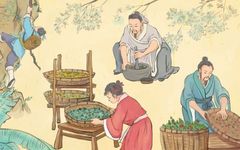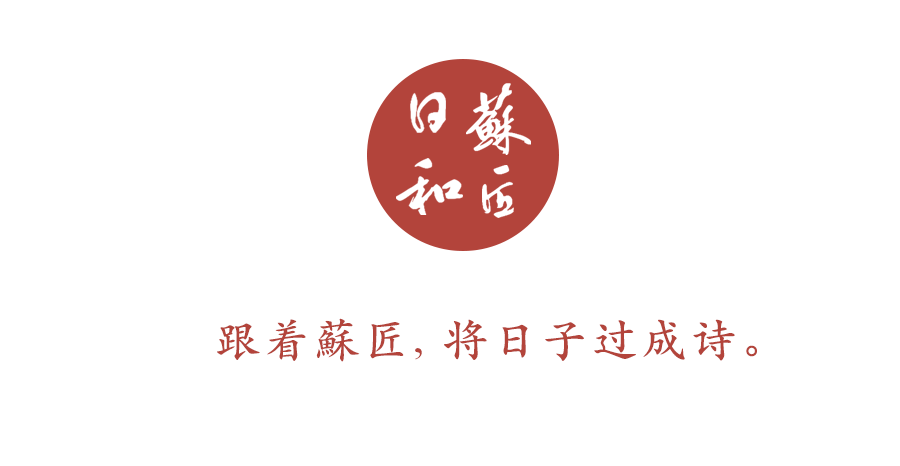
The Four Diagnostic Methods, or Si Zhen Fa (四诊法), were developed by the famous physician Bian Que during the Warring States period based on folk experiences and his own years of medical practice. These methods include Wang Zhen (望诊, observation), Wen Zhen (闻诊, listening and smelling), Wen Zhen (问诊, inquiry), and Qie Zhen (切诊, palpation), collectively known as the “Four Diagnoses” or “Diagnostic Methods” in ancient times. The fundamental principle of these methods is based on the holistic view and the concept of constant change, applying the foundational theories of Yin-Yang, the Five Elements, Zang-Fu organs, meridians, and the causes and mechanisms of diseases. Since their inception, these methods have continuously developed and improved, becoming a treasure of traditional Chinese medical culture.
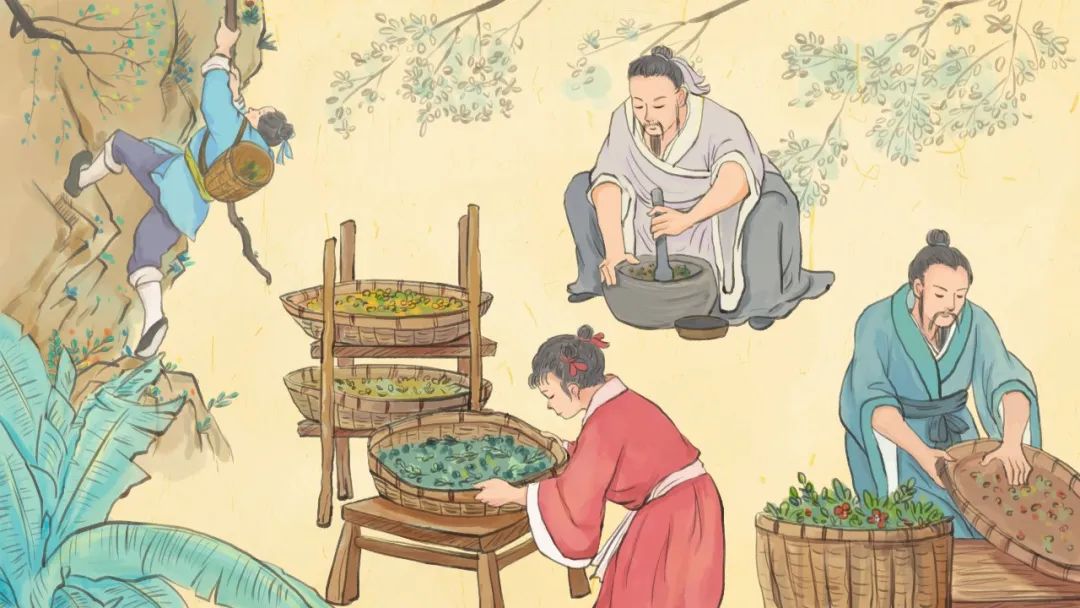
The Four Diagnoses are characterized by their intuitiveness and simplicity, allowing for direct information acquisition through sensory perception, enabling immediate analysis and judgment. The basic principles of the Four Diagnoses are rooted in the holistic view and the concept of constant change, applying the foundational theories of Yin-Yang, the Five Elements, Zang-Fu organs, and the causes and mechanisms of diseases. The unity and universal connection of the material world form the theoretical basis of the Four Diagnostic Methods.

Traditional Chinese Medicine emphasizes a holistic approach, avoiding isolated treatment of each disease. It integrates seasonal changes, natural environments, emotional states, preferences, physical conditions, strengths and weaknesses, as well as differences in age, gender, and occupation for comprehensive analysis and diagnosis. Understanding the patient’s condition and the development of the disease, exploring the causes and mechanisms, ultimately leads the physician to analyze and classify the collected data from the Four Diagnoses based on symptom characteristics, thereby discerning the depth of the disease, the nature of cold or heat, the dynamics of pathogenic and righteous Qi, and the categories of Yin and Yang.
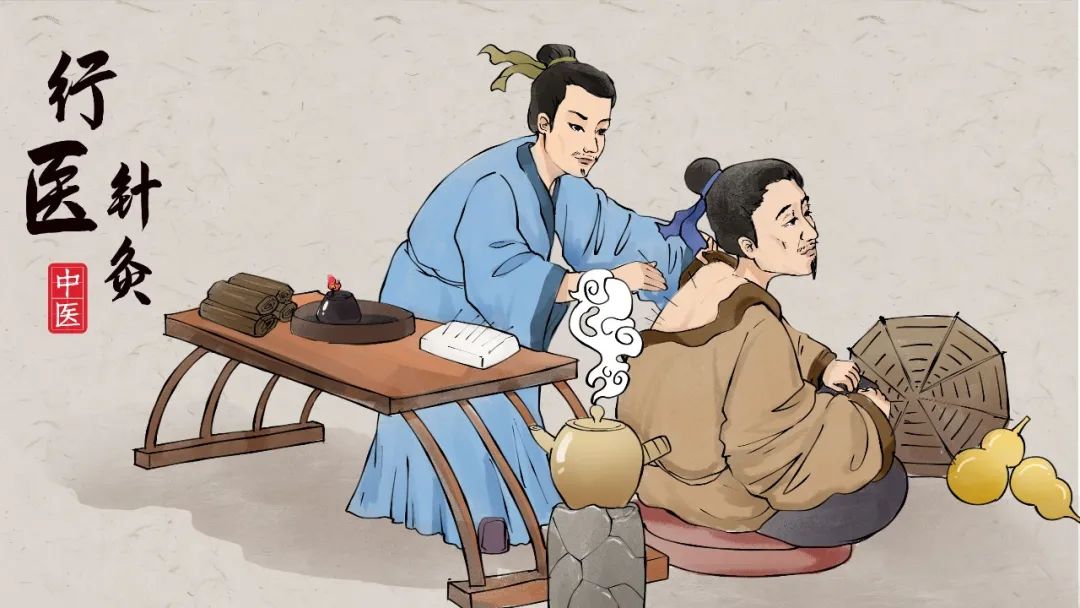
Wang Zhen Wang Zhen (望诊) is the foremost of the Four Diagnoses, utilizing theories of Zang-Fu organs and meridians to examine diseases. It involves observing the patient’s shape, complexion, tongue body, and tongue coating to determine the location and nature of the disease based on changes in appearance and color. The external body and the Zang-Fu organs are closely related, and any changes in the function of the Zang-Fu organs will inevitably reflect in the external manifestations of spirit, color, shape, and state. The Five Zang and Six Fu organs are interconnected through the Twelve Meridians, and they correspond to the body’s muscles, bones, skin, flesh, and pulse. The five senses are also related to the Five Zang organs. Therefore, observing changes in the external body and the five senses can infer changes in the internal organs. Additionally, it can reflect the overall balance of Qi and essence. Changes in essence, Qi, and spirit are primarily manifested in the head and eyes, and also reflect in the overall body shape, speech, breath, complexion, and even pulse and tongue signs. Thus, Wang Zhen can diagnose internal organ changes and understand the dynamic changes of essence, Qi, and spirit.
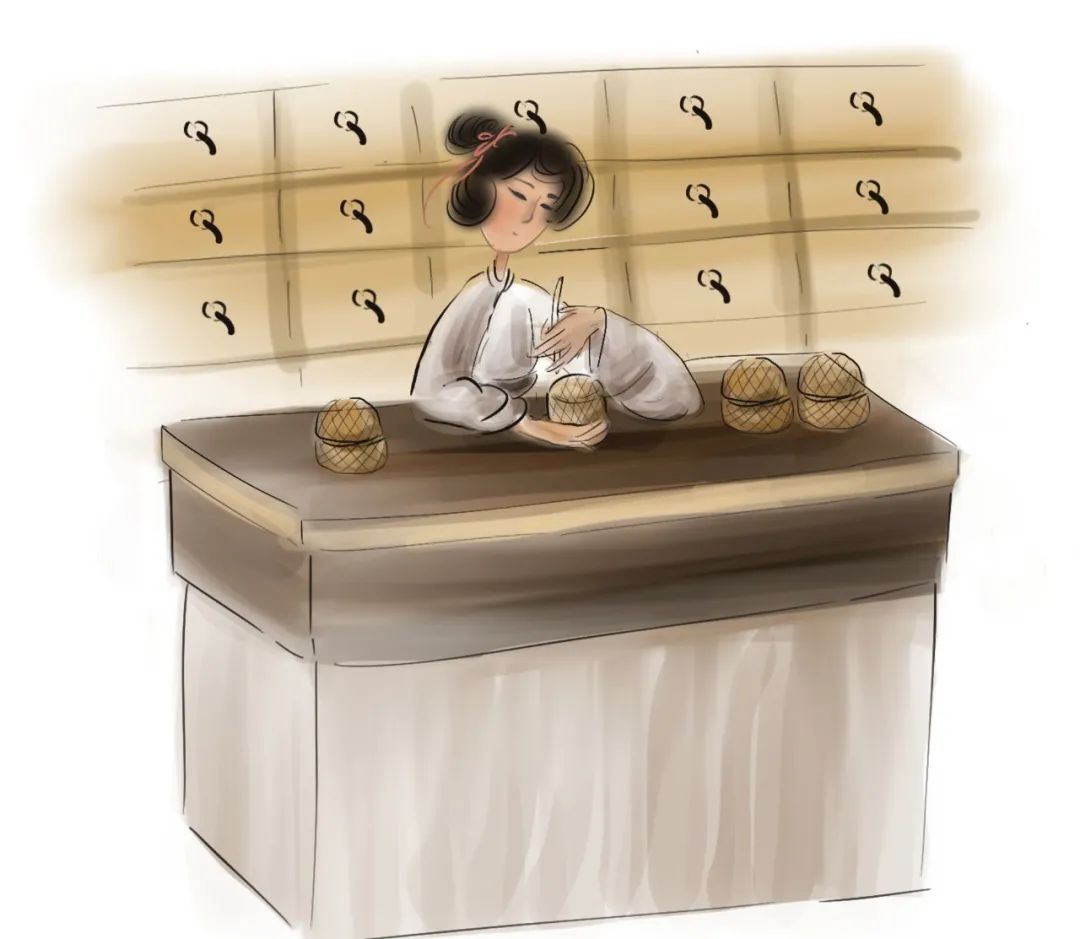
Wen Zhen Wen Zhen (闻诊) is the method in which TCM practitioners use their hearing and smelling senses to understand the sounds and odors emitted by the patient, such as speech, breathing, coughing, belching, and the abnormal smells of secretions and excretions, to assess the balance of righteous Qi and the nature of pathogenic Qi, thus inferring the disease. Various sounds and smells produced within the body arise from physiological and pathological activities of the Zang-Fu organs. For instance, the Five Sounds (呼, laugh; 笑, sing; 歌, cry; 哭, moan;呻, groan) and the Five Tones (角, jiao; 徵, zhi; 宫, gong; 商, shang; 羽, yu) correspond to the Five Zang organs and reflect their functional changes. Therefore, changes in sound and odor can reflect internal pathological changes, allowing for the inference of the balance of righteous and pathogenic Qi and the types of diseases. Wen Zhen must be combined with Wang Zhen, Wen Zhen, and Qie Zhen to comprehensively and systematically understand the condition and make accurate judgments. Wen Zhen includes both “listening” and “smelling” aspects.
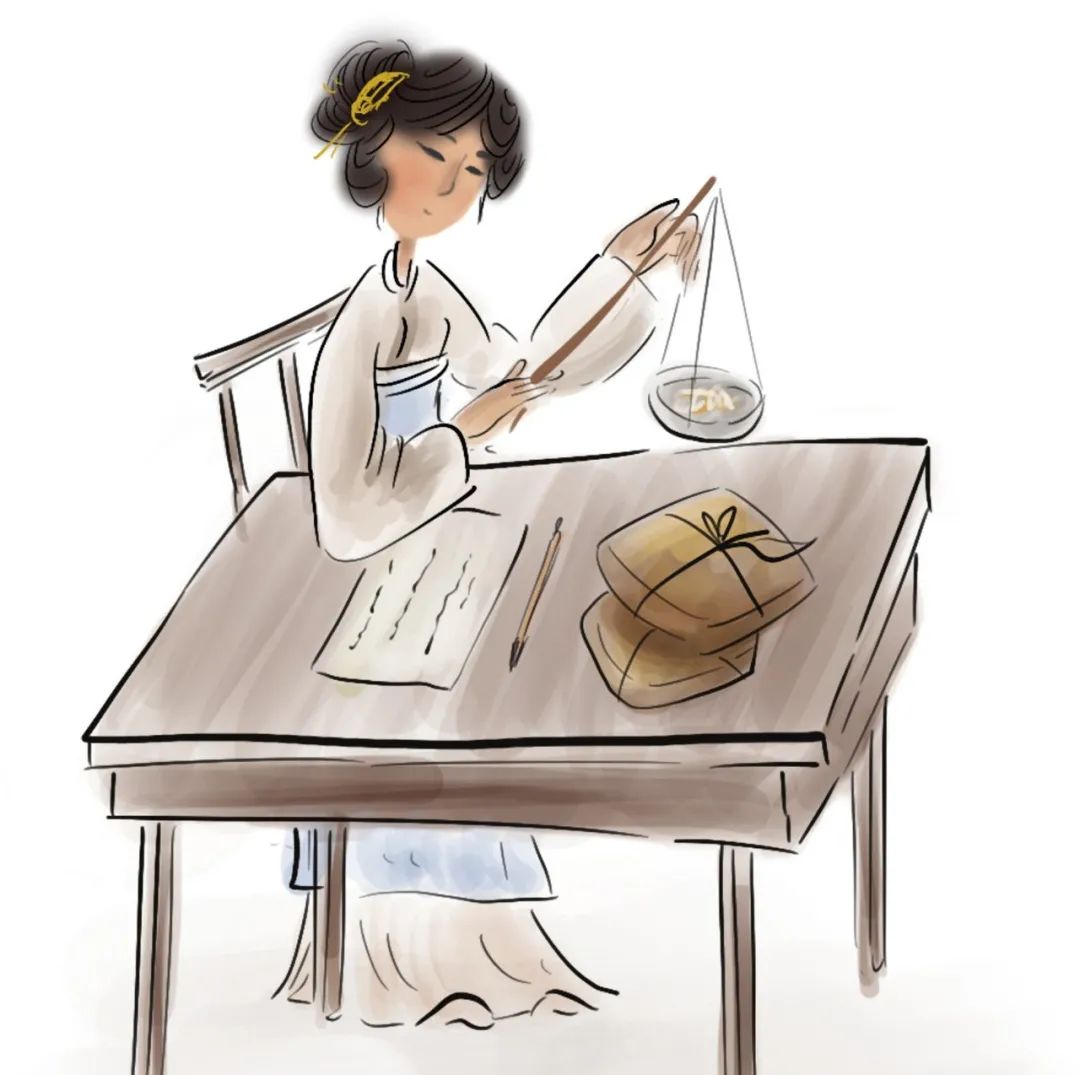
Wen Zhen The famous Ming dynasty physician Zhang Jingyue believed that Wen Zhen (问诊) is “the key to diagnosis and treatment, the foremost duty in clinical practice.” Most of the diagnostic information obtained through the Four Diagnoses comes from Wen Zhen. Wen Zhen primarily involves systematically and purposefully questioning the patient or their companions. The inquiries include the patient’s constitution, lifestyle habits, onset causes, disease progression and treatment history, current symptoms, past medical history, and family history, to obtain accurate and effective information for diagnosis and treatment preparation.
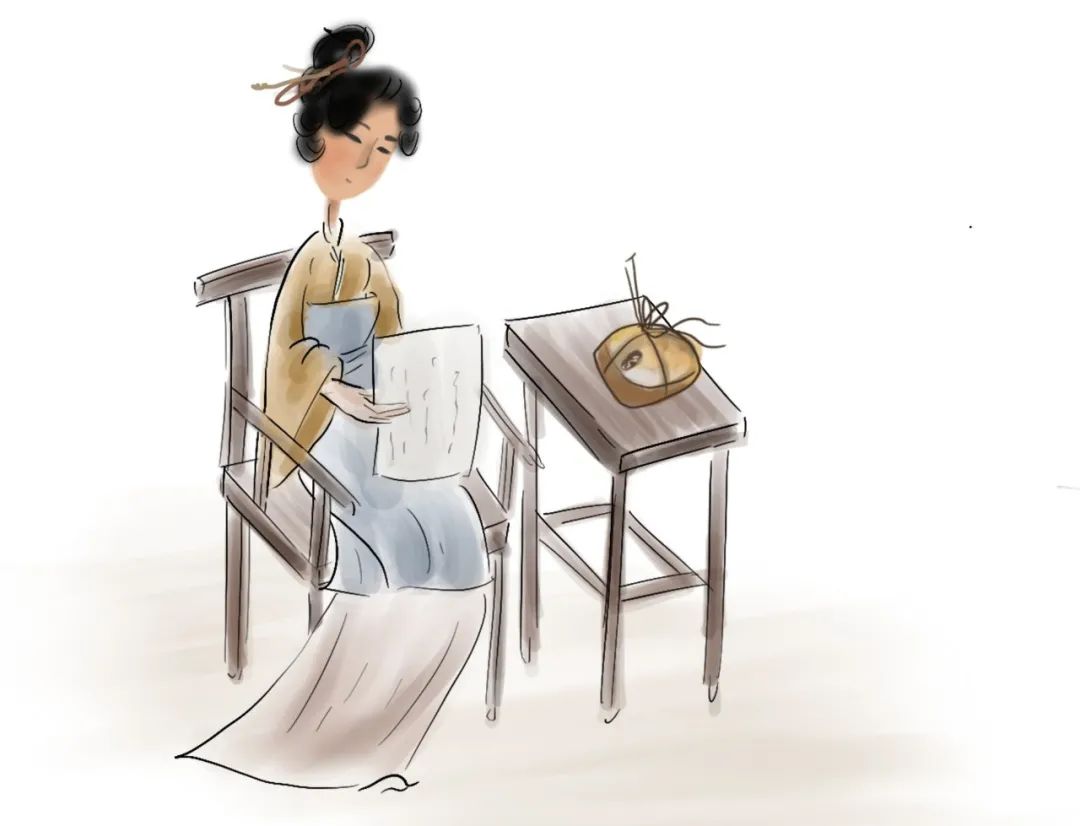
Qie Zhen Qie Zhen (切诊) refers to the method of using hands to palpate the patient’s body to understand the condition. Qie Zhen includes two parts: pulse diagnosis and palpation. Pulse diagnosis, also known as Ba Mai (把脉), involves the physician pressing the patient’s radial artery to perceive changes in the pulse, discerning the functional state of the Zang-Fu organs, and identifying deficiencies or stagnation of Qi, blood, and body fluids. The physician uses their fingers to touch the patient’s head, face, skin, limbs, chest, abdomen, waist, and back to assess temperature, moisture, lumps, masses, swelling, and pain responses, which is known as palpation.
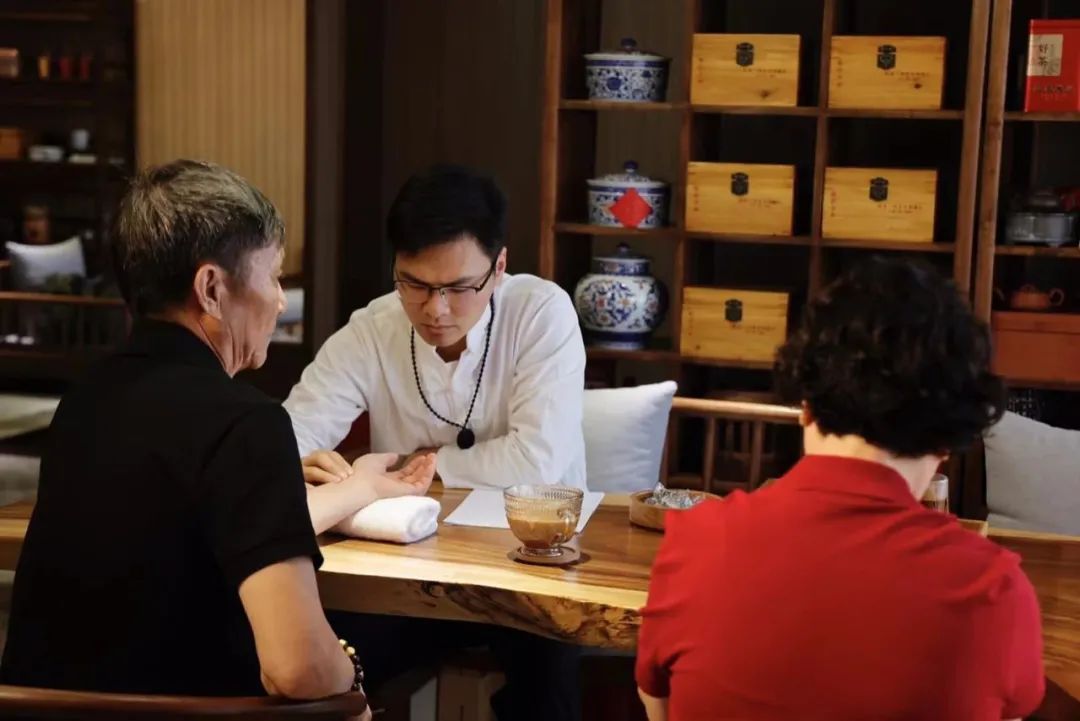
According to the “Records of the Grand Historian: Bian Que’s Biography,” there was an instance when Bian Que visited the State of Jin and encountered Zhao Jianzi, who was gravely ill and had been unconscious for five days. His relatives and aides were very worried and called Bian Que to treat him. Bian Que, through pulse diagnosis, detected that Zhao Jianzi’s heart was still beating faintly. He also learned through inquiry that the political struggles in the State of Jin were very intense at that time, thus concluding that Zhao Jianzi had fainted due to excessive mental strain from the political conflict and was not dead. After careful treatment by Bian Que, Zhao Jianzi recovered within three days. This illustrates Bian Que’s profound mastery of the Four Diagnostic Methods, which are grounded in deep scientific principles.
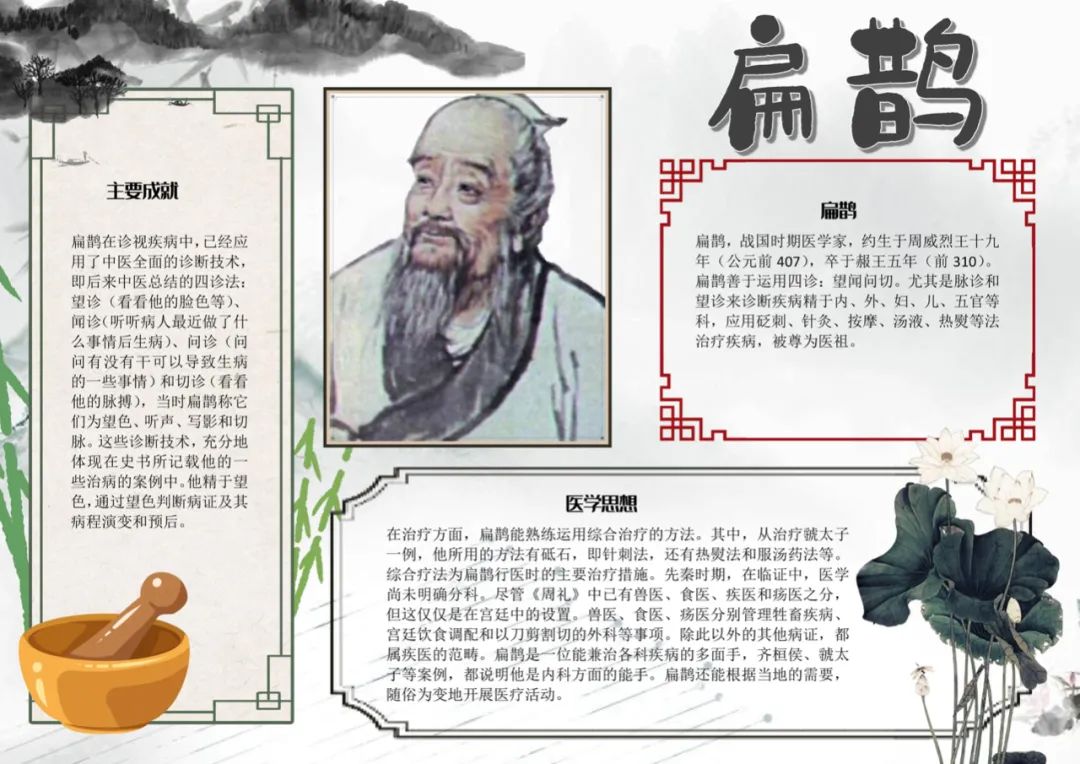
The ancient Chinese medical classic “Nei Jing” states: “Man is in harmony with heaven and earth, and corresponds with the sun and moon.” This means that humans are unified with the external environment, which influences the functional activities of the body. The external environment includes both natural and social environments. Humans are products of evolution in the natural world, and a certain natural environment is a necessary condition for human survival. There is a material unity between humans and the natural environment. The influence of the natural environment on bodily functions involves many aspects, such as seasonal climate changes and regional environmental differences. Even the changes that occur over a 24-hour period can have an effect on bodily functions.
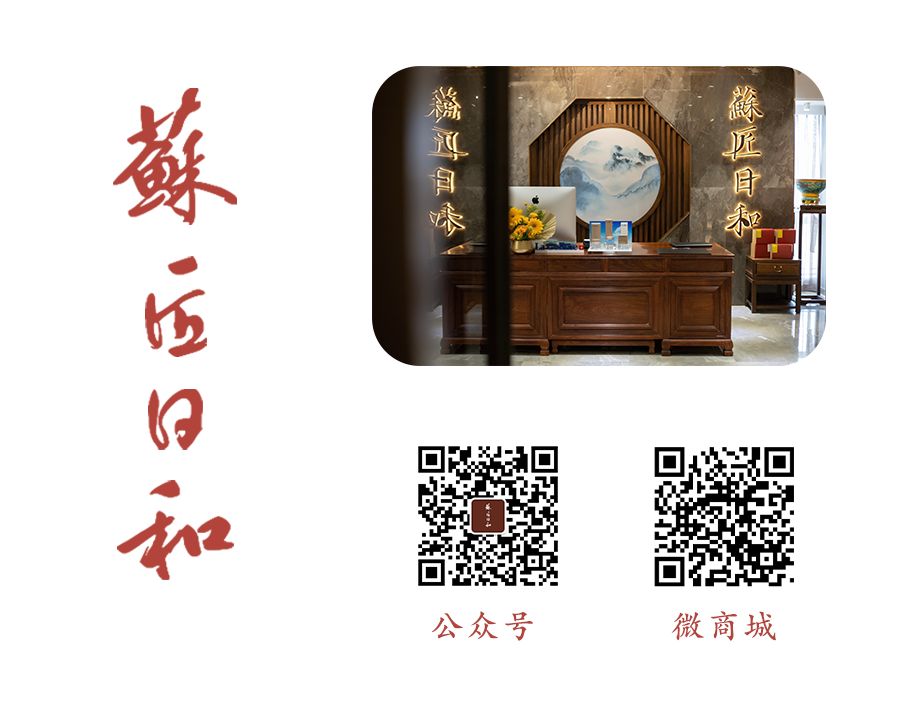
© Guangzhou Sujiang Rihua Cultural Development Co., Ltd.
Sujiang Rihua Health Research Institute
Address: 103-65 Yingbin Avenue, Huadu District, Guangzhou, 10th Floor, Yingjun Building, A1003, A1006
Phone: 020-36986939Sujiang Rihua Cultural and Creative CenterAddress: 103-65 Yingbin Avenue, Huadu District, Guangzhou, 10th Floor, Yingjun Building, A1001Sujiang Rihua Art MuseumAddress: 103-65 Yingbin Avenue, Huadu District, Guangzhou, 10th Floor, Yingjun Building, A1002▼ Click “Read More” to enter the Health Micro Mall

